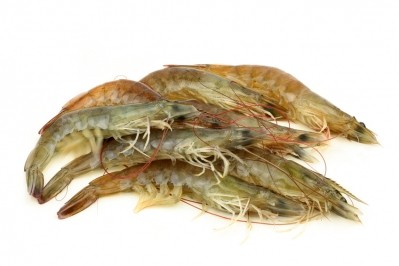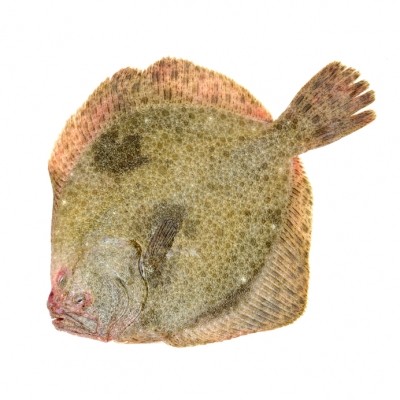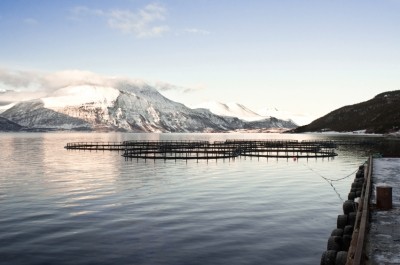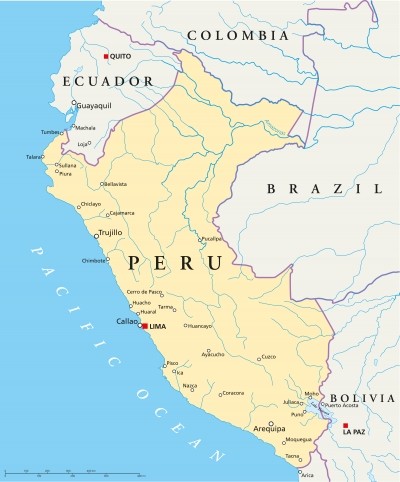Hydrolysed wheat gluten could work as a fishmeal substitute in carnivorous fish: study

The researchers, based at French companies, InVivo NSA, Tereos Syral, and the aquaculture and fish nutrition research group in the School of Biological Sciences at Plymouth University in the UK, found HWG can be used to formulate high quality low fishmeal (FM) diets.
“HWG is an interesting alternative to FM for carnivorous fish,” they concluded in an article published in the journal Aquaculture.
FM used to be the major source of proteins, especially for marine fish and salmonid. However, because of the limited availability of FM in the market and its increasing price, its inclusion in diets has been progressively reduced. Some commercial fish feeds today can contain less than 10% FM, largely replaced by a mix of animal and plant protein sources.
However, the French and UK team noted such a diet may be challenging for carnivorous fish like the Asian seabass (Lates calcarifer). “High-quality proteins have to be used in order to maintain high growth rate and the intestinal health of fish. Hydrolysed wheat gluten (HWG) is a protein source obtained by enzymatic hydrolysis of vital wheat gluten, a promising plant protein for fish feed,” they wrote.
Their study, which was funded by InVivo NSA and Tereos Syral, concluded that inclusion of 6% HWG in a low fishmeal and high animal and plant protein-based diets had positive effects on feed efficiency mainly by decreasing feed intake without compromising growth.
“Concomitantly, the absorptive surface area of the posterior intestine was improved. The mechanisms involved are likely to be related to the high glutamine content and to the high protein digestibility of HWG,” added the team.
In addition, the researchers noted, to their knowledge, their study is the first to describe the effect of dietary protein sources on the taxonomic composition of Asian seabass intestinal microbiota.
“The community was not modified to a large extent by HWG, although some potential beneficial changes were detected,” they wrote.
Motivation
The authors said their study aimed at investigating the effect of 6% HWG inclusion in a low-FM diet, based on a mix of animal and plant proteins, on the growth performance and intestinal microbiota and morphology of Asian seabass.
They noted that species is a carnivorous fish fed with extruded diets that require a high level of dietary proteins. Their research, they said, the first to determine the effect of including different protein sources in a low FM-diet on microbiota and intestinal morphology in Asia seabass.
Previous studies warranted the evaluation of the use of HWG in the diet of Asian seabass, said the authors.
“A recent study performed in rainbow trout (Oncorhynchus mykiss) reported that replacing up to 50% dietary crude protein, from high-quality FM to HWG, supports similar growth performance without impairing intestinal microbiota and morphology (Apper et al 2014)
Furthermore, replacing 1 to 5% of soy protein concentrate with HWG in a diet based on animal and plant proteins increased growth performance and digestive enzyme activities, and positively modulated intestinal morphology, immunity and anti-oxidative systems of juvenile hybrid sturgeon (Qivou et al 2011 and Zhu et al 2011),” they wrote.
Method
Fish, with initial average weight of 36.3 g, were allocated into floating cages, which included eight replicates per diet and 30 fish per cage, wrote the team.
The authors said the fish were fed either a fishmeal-based diet — positive, diet code: POS; 36% fishmeal, or a diet based on a mix of animal and plant proteins — negative, diet code: NEG. The fishmeal inclusion rate in that diet was reduced to 6%, with the major protein sources being soybean meal and animal by-products, said the researchers.
The third diet — diet code: HWG — was similar to the NEG diet with the exception that 6% HWG was included in replacement of the other proteins, said the team.
At the end of the 48 day trial, the researchers said the fish were sampled for intestinal microbiology and histology. Growth parameters were also assessed.
Results
Final body weight, specific growth rate (SGR) and daily feed intake were not significantly different across diets. However, the feeding rate was significantly affected, with the lowest rate observed in the POS treatment and the highest with the NEG treatment.
The FCR was significantly lower for both POS and HWG fed fish than for the NEG fed fish. High throughput sequencing revealed that the majority of reads derived from the mucosa samples belonged to members of Proteobacteria (70.3% of the reads), Cyanobacteria (10.0%) and Firmicutes (7.6%), said the team.
In the digesta, reads were mainly assigned to Proteobacteria (34.5%), Fusobacteria (34.5%), and Firmicutes (22.6%), said the researchers.
Histological appraisal revealed that the HWG fed fish exhibited significantly higher posterior intestinal perimeter ratio than that of the POS treatment.
Overall, the researchers concluded that the addition of HWG in a low fishmeal diet positively affected feed efficiency.
Source: Aquaculture
Title: Hydrolysed wheat gluten as part of a diet based on animal and plant proteins supports good growth performance of Asian seabass (Lates calcarifer), without impairing intestinal morphology or microbiota
Published online ahead of print: doi:10.1016/j.aquaculture.2015.11.018
Authors: E Appera, D Weissmanb, F Respondeka, A Guyonvarchc, F Baronb, P Boisotb, A Rodilesd, DL Merrifieldd












